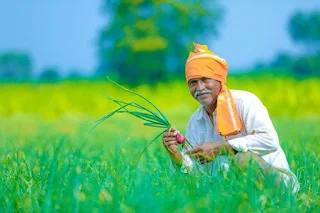
- Saving public money by reducing leakages and corruption in welfare schemes.
- Providing tailored benefits to citizens based on their needs and situations.
- Enabling financial inclusion and access to digital services for the poor.
- Reaching remote areas with poor connectivity and infrastructure.
- Ensuring timely and accurate delivery of benefits to beneficiaries.
- Addressing gender gaps and time poverty among women.
- National Child Labour Project (NCLP): This scheme focuses on rehabilitating children working in hazardous occupations.
- Student Scholarships: This scheme provides financial assistance to students from economically weaker sections of society.
- LPG Subsidy: This scheme subsidizes the cost of liquid petroleum gas cylinders for low-income households.
- There are many other DBT schemes in different sectors such as food, fertilizers, disaster relief, etc.
Question:
Q.1How much money has been transferred through DBT schemes in India so far in FY23?
a. Rs 3.5 trillion
b. Rs 4.5 trillion
c. Rs 5.5 trillion
d. Rs 6.5 trillion


